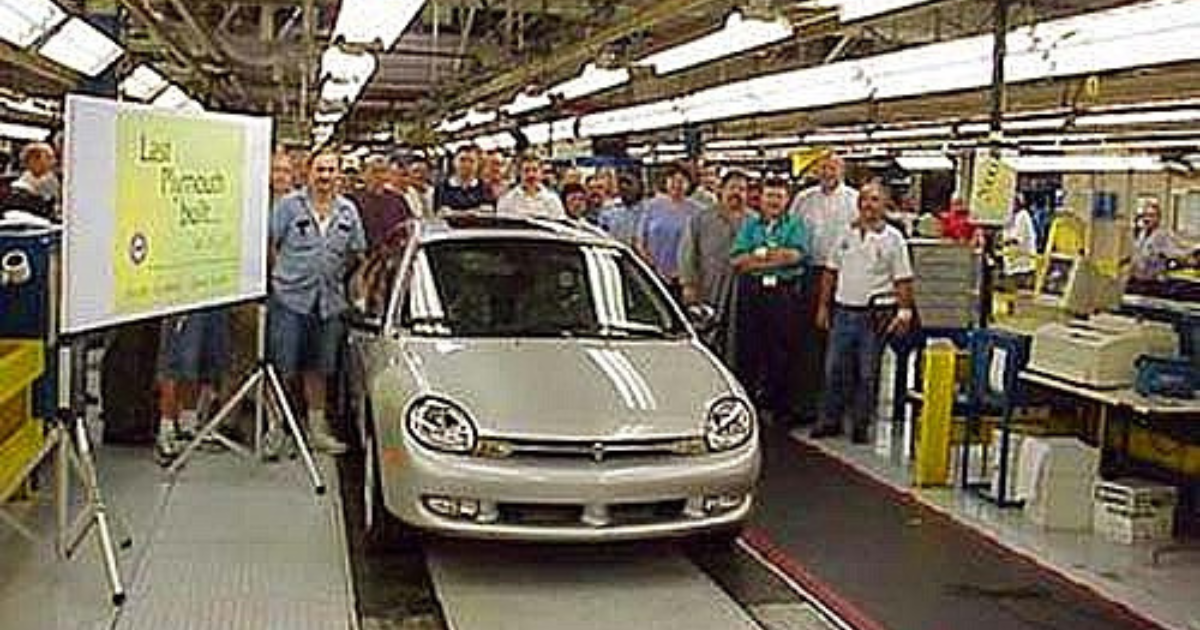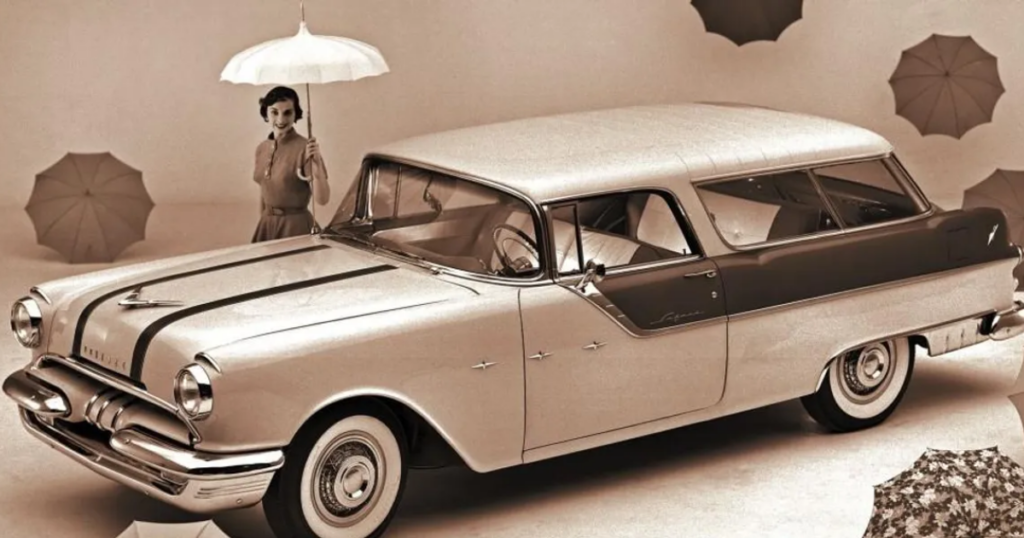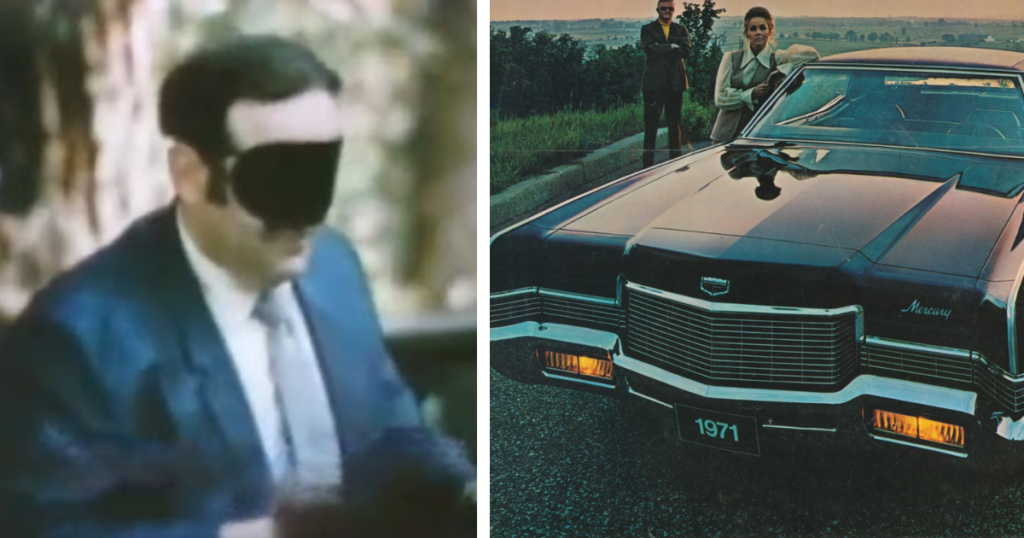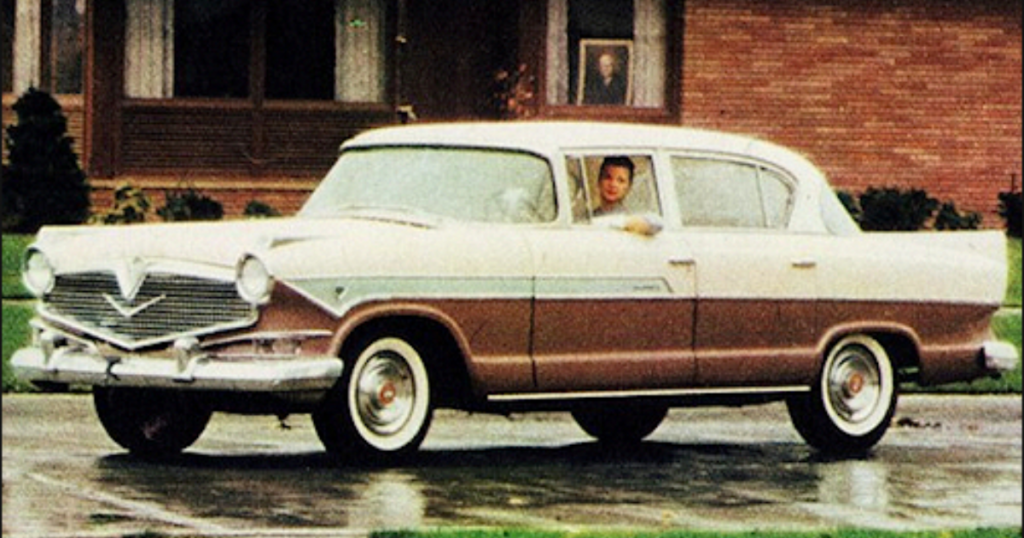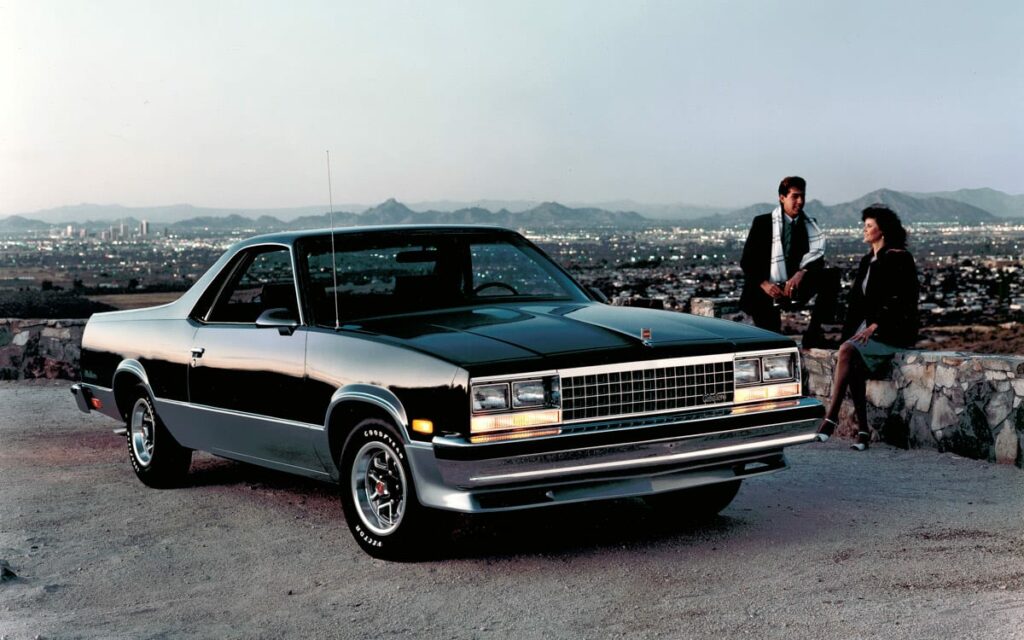
In the summer of 1928 at Madison Square Garden in New York, Walter P. Chrysler achieved a remarkable feat that often goes overlooked. He introduced the Plymouth, his foray into the low-priced class, directly challenging industry giants Ford and Chevrolet.
Amid the cutthroat competition of Motor City’s low-priced field, where profits were scrutinized to the last penny, Chrysler’s car company, a mere four years old, faced skepticism. Legend has it that Henry Ford, Chrysler’s friend, cautioned him to steer clear of the category, predicting, “Walter, you’ll go broke.”
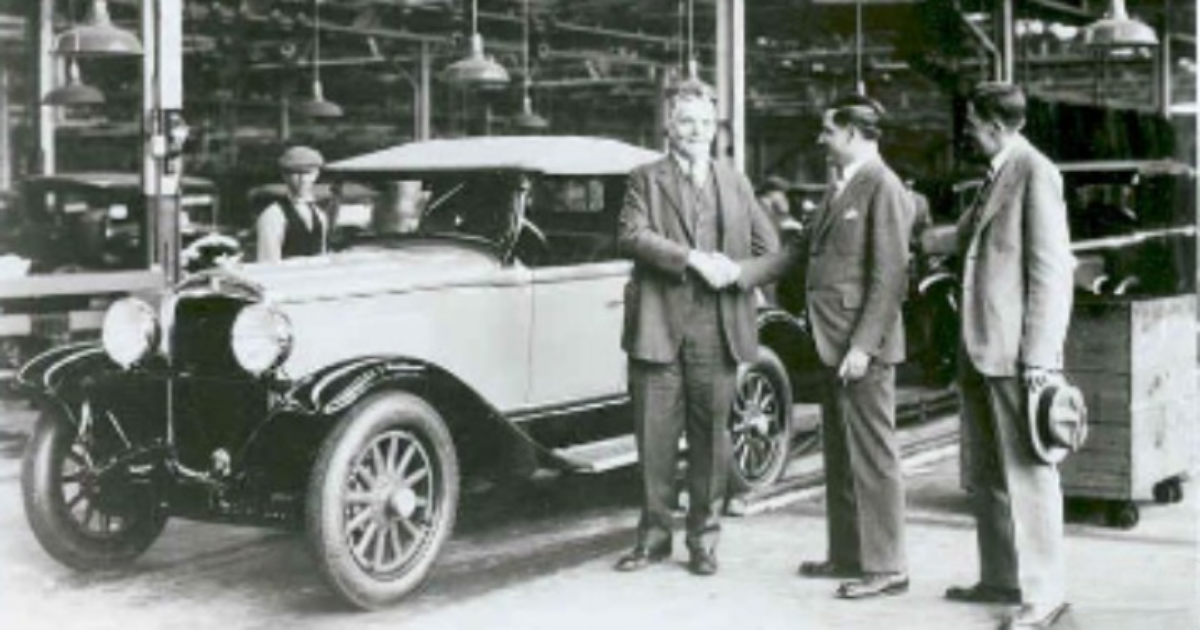
Despite this warning, Chrysler had a packed agenda that summer, unveiling the DeSoto brand and managing the acquisition of Dodge Brothers Co. through a substantial $170 million stock swap. A little over a year later, the Wall Street crash and the onset of the Great Depression tested the resilience of Plymouth.
However, against all odds, the new brand soared through the sales charts, displacing competitors like Essex, Willys-Overland, and Buick. By 1932, Plymouth had secured its place as the third-best-selling car in the USA, trailing only Ford and Chevrolet, thus cementing the Chrysler Corporation as the third member of the Big Three.
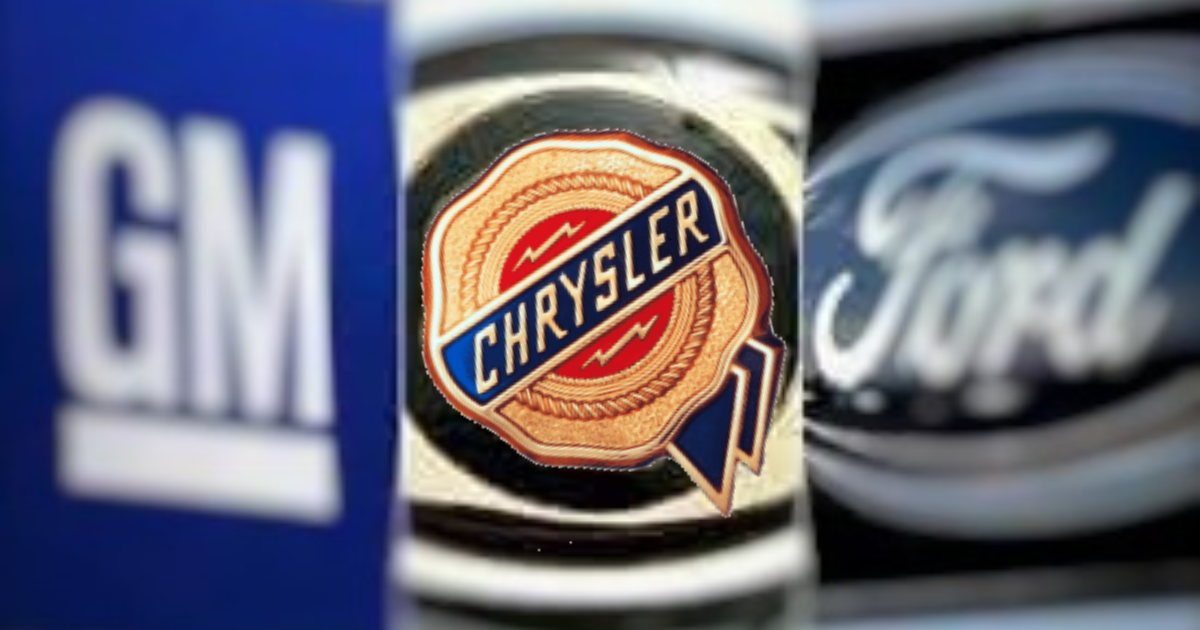
Mechanically rooted in Chrysler’s Model 52 four-cylinder series, the inaugural Plymouth, known as the Model Q, was priced at $675-$735. While slightly higher in cost than Ford or Chevrolet, Chrysler ensured buyers received extra value with a longer wheelbase and advanced features like full-pressure engine lubrication and four-wheel hydraulic brakes.
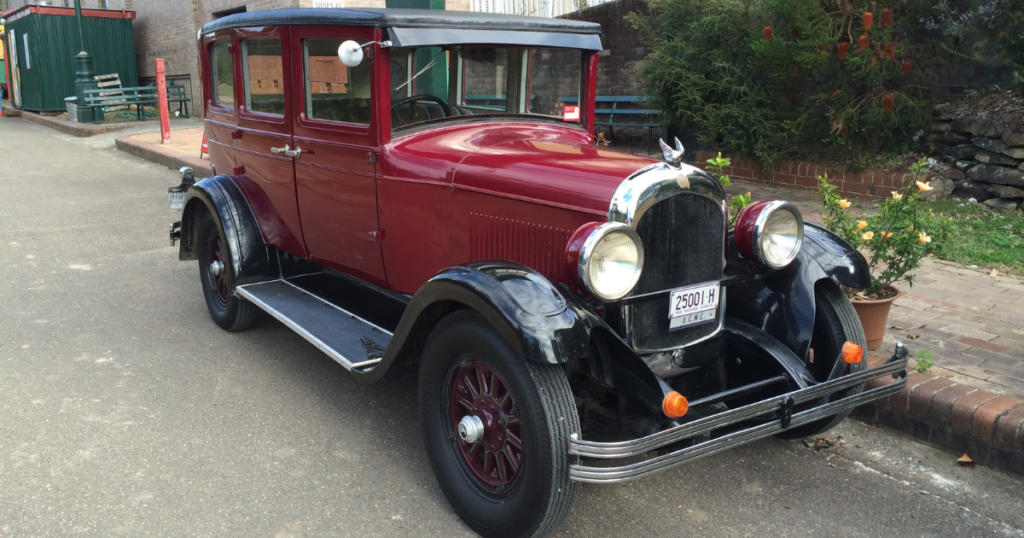
The four-cylinder Silver Dome engine, inherited from the Chrysler 52 and descended from Maxwell, boasted 170 cubic inches and produced 45 horsepower.
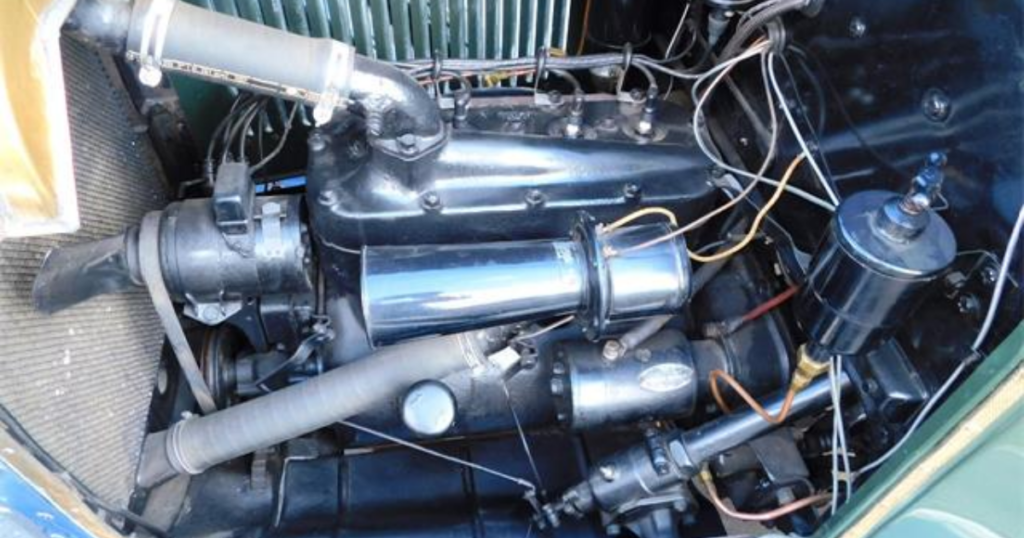
In February of 1929, the Model Q evolved into the improved Model U, sharing its chassis with DeSoto, although both were designated as 1929 models by the company.
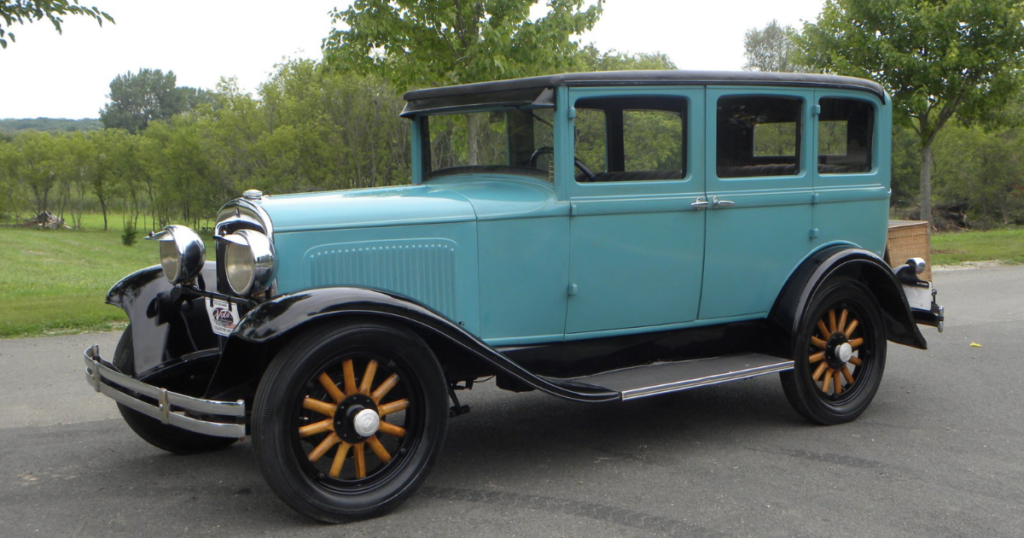
Originally marketed as the Chrysler Plymouth, this low-priced car was sold through Chrysler franchises, establishing the Chrysler-Plymouth dealer alignment that endured for decades. Plymouth maintained its third-place standing in sales throughout the ’30s, ’40s, and much of the ’50s, regaining it briefly in the ’70s. However, as the U.S. new car market segmented in the ’80s and ’90s, Plymouth faced challenges with products mirroring their Dodge counterparts.
At the end of 1999, Chrysler made a formal announcement that it would discontinue Plymouth in the near future. They held to their words, and the final Plymouth, a silver Neon, left the assembly line on this day in 2001. Despite its eventual demise, automotive historians fondly remember Walter P. Chrysler’s miraculous accomplishment.
